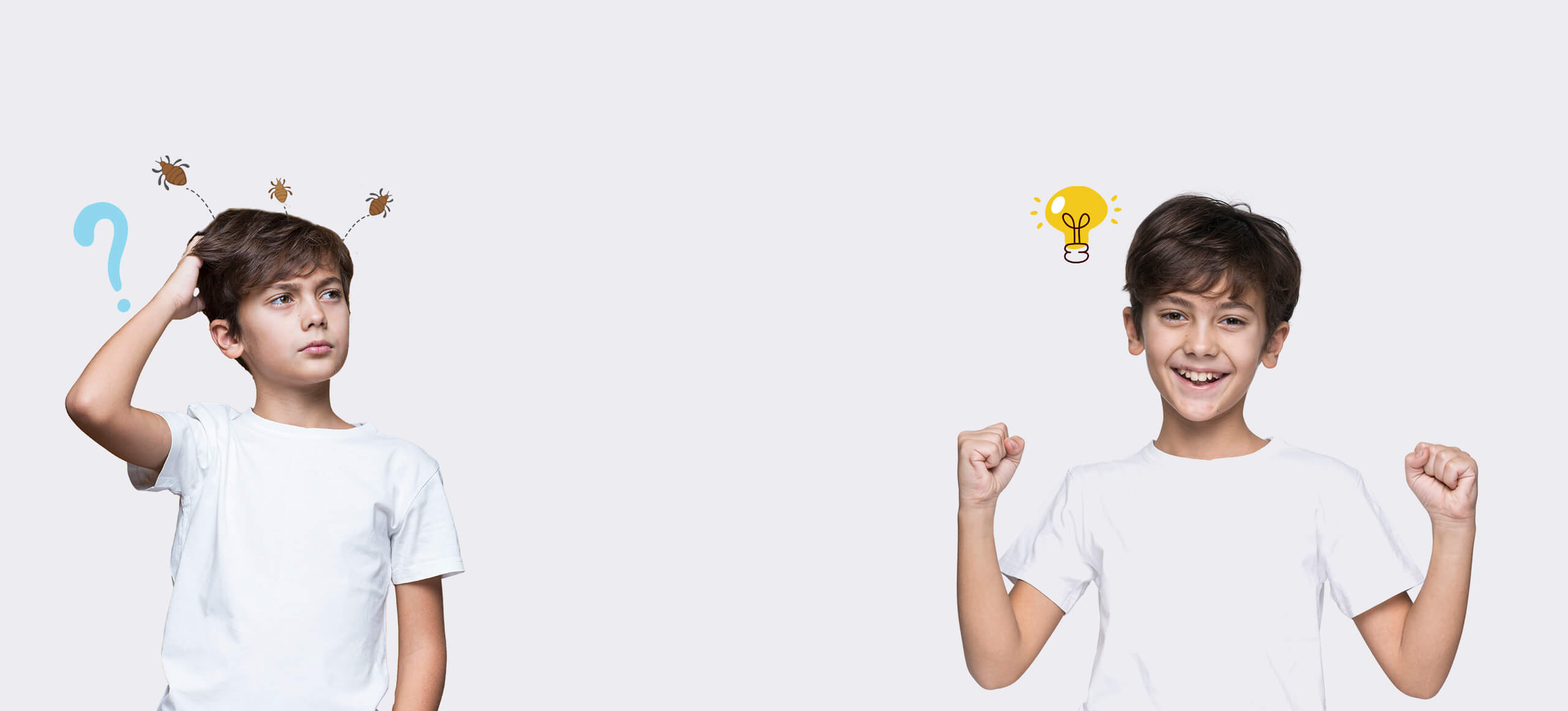Head lice infestations are a common problem, particularly among children. These tiny parasitic insects can cause itching, discomfort, and embarrassment. Understanding the nature of head lice infestations and effective treatment options can help eliminate these pests and prevent their recurrence. This article will explore the causes, symptoms, and the best lice treatment for lice infestations.
Understanding head lice:
Head lice are small, wingless insects that live on the scalp and feed on human blood. They spread through direct head-to-head contact or sharing personal items such as combs, hats, or headphones. Contrary to popular belief, lice infestations are not related to poor hygiene. They can affect anyone, regardless of cleanliness.
Recognizing the symptoms:
The primary symptom of a head lice infestation is persistent itching of the scalp. Scratching the affected area may lead to redness, irritation, and small sores. Other signs include lice eggs (nits) attached to the hair shafts, small brown insects moving on the scalp, and swollen lymph nodes at the back of the neck or behind the ears.
Treatment options:
Prescription medications:
A healthcare professional may prescribe stronger medications if OTC treatments fail to eliminate the infestation. These prescription-strength treatments often contain more effective chemicals in killing lice and nits. It is crucial to consult a healthcare provider before using prescription medications, as they may have side effects or require special instructions.
Manual removal:
Manual removal is an essential step in treating head lice infestations. This involves using a fine-toothed comb, known as a lice comb, to comb through wet, conditioned hair and remove lice and nits. Regular combing should be done over several weeks to ensure complete eradication. Sanitizing the comb and other hair accessories after each use is important to prevent re-infestation.
Environmental measures:
To prevent re-infestation, it is important to take certain environmental measures. This includes washing and drying all recently used clothing, bedding, and personal items in hot water and high heat. Items that cannot be washed, such as stuffed animals, can be sealed in plastic bags for two weeks to suffocate any remaining lice. Vacuuming upholstered furniture, car seats, and rugs can also help remove lice or nits.
Head lice infestations can be bothersome, but they can be eliminated with proper understanding and effective treatment options. OTC treatments, prescription medications, manual removal, and environmental measures all play important roles in eradicating head lice. Communicating with school or childcare providers is crucial to prevent the spread of lice among children.
